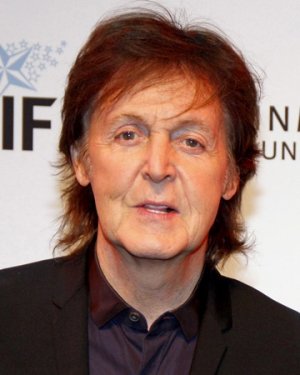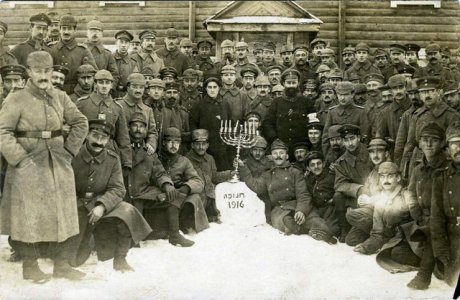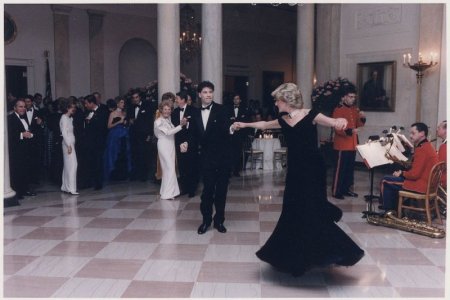RnR
Member
- Location
- Gold Coast, Queensland
9 April 1413 – Henry V is crowned King of England.
Henry V, 1386 – 1422, was King of England from 1413 until his death at the age of 36 in 1422. He was the second English monarch of the House of Lancaster. After Henry IV died on 20 March 1413, Henry V succeeded him and was crowned on 9 April 1413 at Westminster Abbey. Henry assumed control of the country and asserted the pending English claims to the French throne.
Coronation of Henry V on 9 April 1413. Henry's marriage to Catherine of Valois. 15th-century depictions.

In 1415, Henry embarked on war with France in the ongoing Hundred Years' War between the two nations. His military successes culminated in his famous victory at the Battle of Agincourt in 1415 and saw him come close to conquering France. Taking advantage of political divisions within France, he conquered large portions of the kingdom, and Normandy became English for the first time in 200 years. After months of negotiation with Charles VI of France, the Treaty of Troyes recognised Henry V as regent and heir apparent to the French throne, and he was subsequently married to Charles's daughter, Catherine of Valois.
Following Henry V's sudden and unexpected death in France two years later, he was succeeded by his infant son, who reigned as Henry VI in England and Henry II in France.
Henry V, 1386 – 1422, was King of England from 1413 until his death at the age of 36 in 1422. He was the second English monarch of the House of Lancaster. After Henry IV died on 20 March 1413, Henry V succeeded him and was crowned on 9 April 1413 at Westminster Abbey. Henry assumed control of the country and asserted the pending English claims to the French throne.
Coronation of Henry V on 9 April 1413. Henry's marriage to Catherine of Valois. 15th-century depictions.

In 1415, Henry embarked on war with France in the ongoing Hundred Years' War between the two nations. His military successes culminated in his famous victory at the Battle of Agincourt in 1415 and saw him come close to conquering France. Taking advantage of political divisions within France, he conquered large portions of the kingdom, and Normandy became English for the first time in 200 years. After months of negotiation with Charles VI of France, the Treaty of Troyes recognised Henry V as regent and heir apparent to the French throne, and he was subsequently married to Charles's daughter, Catherine of Valois.
Following Henry V's sudden and unexpected death in France two years later, he was succeeded by his infant son, who reigned as Henry VI in England and Henry II in France.
Last edited:























